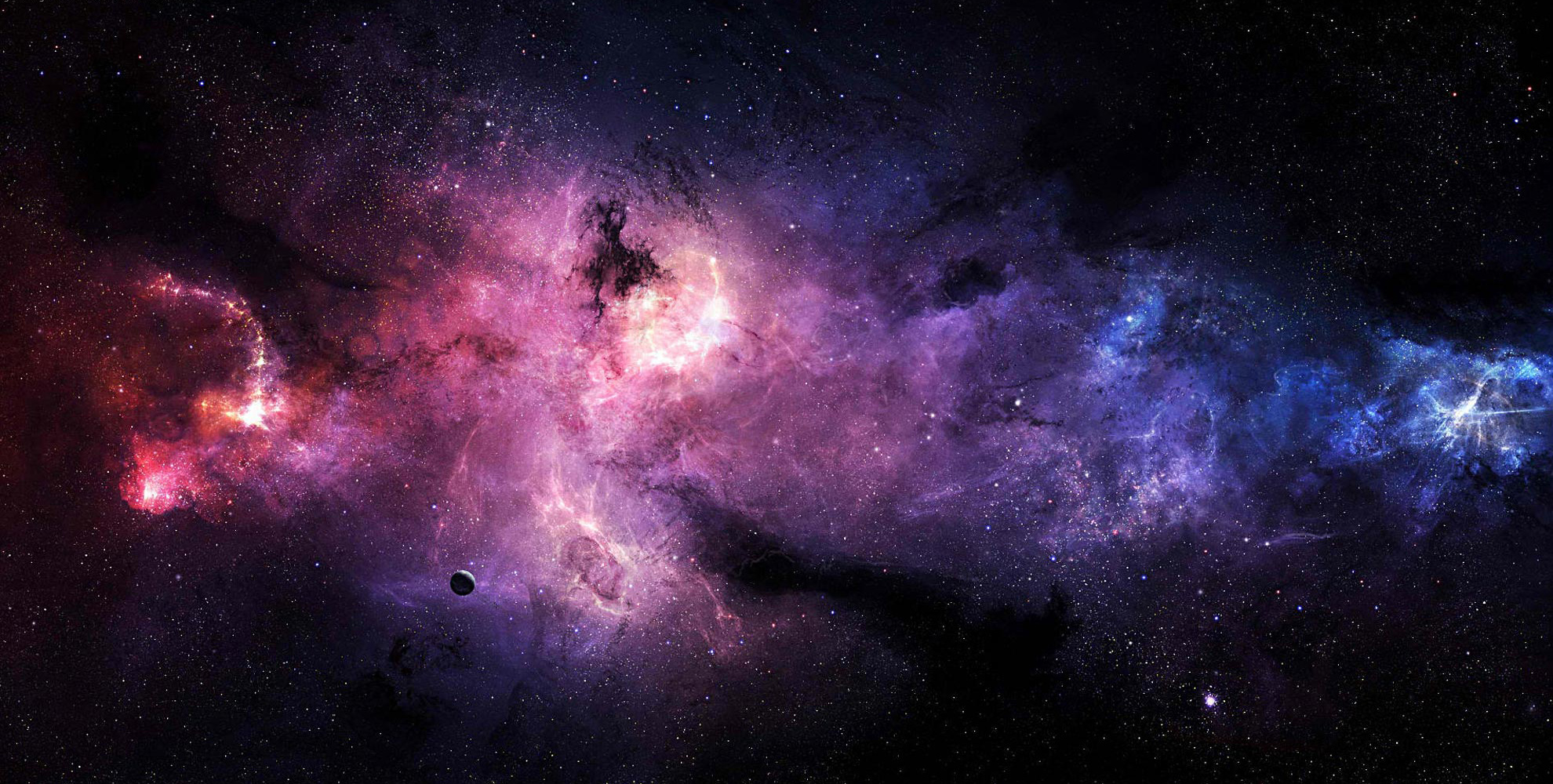Spot the difference
So how did the universe evolve into this very asymmetric state, dominated by matter, if the underlying forces can barely tell the difference between the two? One possible explanation is that there exists yet another, undiscovered, force in nature that is not matter-antimatter symmetric, i.e. has different effects on matter and antimatter. Another, more popular explanation is that the weak interaction, through which such particles decay, can actually distinguish between matter and antimatter particles.
A clue to the answer into this question may be provided by the phenomenon of Charge-Parity (CP) violation, discovered over four decades ago. CP violation implies that there is a small difference in the rates at which certain particles decay and the corresponding rates at which their antiparticles decay.
One such particle is the B meson, a relative of the proton but made up of quarks known as “beauty”, “bottom” or more often just “b” quarks. Huge numbers of these will be generated in the LHC, and at CMS we can study their decay. Results from CMS will complement those generated in LHCb, a fellow LHC experiment that has been designed specifically for this task. Observing a large asymmetry in the decay rates of b quarks versus anti-b quarks might tell us more about why nature prefers matter over antimatter
The B meson and its antiparticle can both decay into two muons and a different meson made of “charm” quarks, which in turn decays further to form two pions (yet another of the meson family). This decay, shown in the diagram, presents a fairly simple signature for the experiment to detect. We can tell whether the decayed particle was the B meson or its antiparticle by looking at the type of muon produced by the decay of the opposite b quark in the event, and we will be able to compare the rates of the two.
- Printer-friendly version
- Log in to post comments




